Is Your Training Effective?
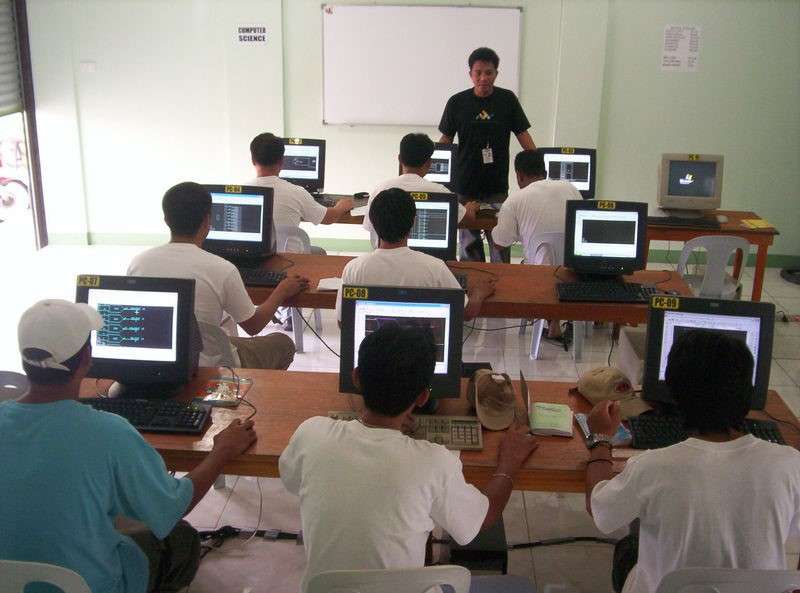
Training is used to improve skills and increase competencies in order to drive out variance that reduces performance. Everybody uses some form of training. Is your training effective?
Lecturing to Transfer Information
The most commonly used method for transferring information in education today is the lecture. But is the lecture method the best at transferring information?
The lecture method was established many, many years ago as a teaching process where the teacher read important passages from a book or text and then explained the passages to the students. Each student was expected to sit, listen and take notes.
Today the presenter stands in front of a room and reads and explains the text from a PowerPoint presentation projected onto a wall or screen. The rest of the room is expected to sit, listen, and take notes. Not much has changed in the last few centuries;
Why Lecturing Fails
Lecturing is a passive, one-way method with no real two-way discussion occurring, maybe some questioning and virtually no immediate use of the material being presented, which makes it one of the worst teaching methods ever devised. Lecturing requires the listener to fill in the learning gaps created by a lecture oriented presentation. Lecturing does not try to obtain any buy-in from the listener. So why do we lecture? Because:
- Your presenter probably teaches the same way they were taught as students.
- Lecturing is easier for the presenter than having to spend time trying to understand why the student is not learning.
- The presenter knows no other way.
Lecturing is all about the presenter and not the student. It is the perfect example of a ballistic process explained in our discussion of procedure control. Little to no feedback is required in a lecture. The presenter knows the material so their job is to present.
The student does not know the material so their job is to listen and learn. If the student does not understand then the student failed to do their job either listening or learning and therefore, the students is at fault. Fix the student. The student should repeat the material or obtain additional tutoring (rework). Is it any wonder that students dislike lectures?
People Learn by Doing
To answer “is your training effective,” ask yourself if interaction is present. People learn by doing, nobody learns much by listening or reading only. Would you want your surgeon to operate on you if their only learning experience was lecture? Lecture feeds the mind, ears and the eyes a little bit, but the surgeon is using their hands. So how do you train the surgeon’s hands? You train by doing actual operations, preferably in a controlled learning environment that is safe to learn in.
What Makes Learning More Effective?
Interaction is the key. Student-to-student interaction, student-to-teacher interactions, and teacher-to-teacher interaction. The more the interaction, the better the learning. All three interactions need to occur within an effective learning environment. Interactions include: two-way communication, question and answer, group/team events, demonstrations, case studies, problem-solving activities, games, student presentation, positive feedback, reinforcement and reviewing results through discussion.
To provide a quality education, it is important to focus on three areas to make your training more effective: The learner, the learning event, and the work environment.
THE LEARNER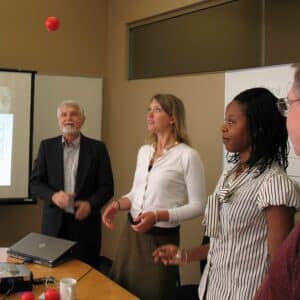
In relation to the learner, consider how each individual might benefit and apply learning by taking into account their ability, personality and motivation. Ability doesn’t refer to how intelligent they are, but overall background, experience and skills. Why send an accountant, no matter how intelligent, to an advanced web programming class? They probably wouldn’t understand the jargon or grasp the concepts of an advanced class.
It is important to distinguish, however, that at a learning organization accountants should be allowed to take a web design class (especially as we move to paperless systems), but it is important to find one appropriate to their ability. After all, different people learn differently.
The fact that learners will mostly take their cues for the organizational culture, however, cannot be avoided. Learning plans, nevertheless, still center around individuals, and individual considerations such as ability, personality and motivation are key factors when putting together learning plans.
Student-to-Student Interaction
When students interact with each other they are forced to use the information, moving the information into their long term memory, and retaining it for future use. If you think about it, a room of people is collectively smarter than any one person. We want to harness the collective intelligence of the room and focus it on the task at hand. A focused room of interacting students is a more powerful training device than a one-way lecture.
Student-to-Teacher Interaction
The teacher can be a powerful facilitator. The teacher has a lot of information on the topic and can direct students to the most important information faster than the students would potentially find on their own.
So the teacher should use their seat of power to question the students, ensure students take notes, form good learning teams, and introduce good learning exercises in order to create an excellent learning environment. The idea is to provide less lecture time and more interaction time. Something like 15 minutes of lecture to 45 minutes of exercise is a good ratio.
Teacher-to-Teacher Interaction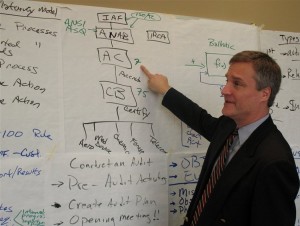
The teacher is not an island. In order to keep improving the teacher needs to interact with other teachers, question teacher performance, attend train-the-trainer workshops and continue to learn how to be a better teacher. Teachers should audit each other teacher’s activities to provide additional feedback.
THE LEARNING EVENT
It is vital to have formal training programs that teach key job skills, organizational processes, procedures that implement best practices, and organization-wide mission and goals. For most internal learning events, attendees should be removed as much as possible from their daily work to avoid interruptions and distractions. The key is to make the event seem fun, yet practical and useful. A simple thing like providing treats can make the event seem livelier.
Using diverse media that incorporates music and video can also make events lively, aid learning and increase training performance. Perhaps even a clip from a TV show or movie that sets a useful scenario or asks an important question can be used as a learning springboard.
Consider how you can get the most out of external training as well. For example, rate external learning programs in order to understand their effectiveness. Make a survey questionnaire for associates to complete upon the return from external training. Select dimensions that are important for good training program, and then ask several questions about each dimension and attempt to make a quantitative measurement about them. After you collect data about different training venues and resources, you will have a better idea of which ones to utilize and which ones to avoid. Of course, don’t turn sour on a training program just because you receive one bad report. Multiple opinions are required to get a clear picture.
WORK ENVIRONMENT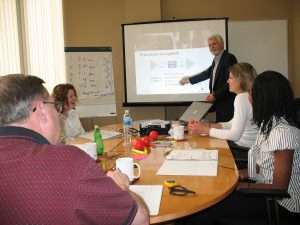
While all three factors are important to consider in getting benefit from training, there is nothing as important as the environment the associate returns to after a learning event. Is there fertile soil that will allow a seed to grow, or will it whither in a dry, hostile atmosphere? Once again complex cultural attributes are what guide the associate. For example, how is learning valued, how much control do employees feel over their work, and how much supervisory and peer support do they receive?
Even in organizations where the culture makes training transfer difficult, managers can use some approaches to improve learning transfer. One way is to conduct pre and post interviews with the learner. Before they attend training talk to them about expectations and strategies for learning. When they return talk to them about specific results and what was learned. Ask what tangible things they feel they can bring to their job as a result. Discuss sharing what they have learned with co-workers through an informal discussion or presentation. As their manager or supervisor, showing that you are interested and willing to apply what they learned is extremely important.
The key message is that effective training can make a difference in the organization, both directly and indirectly. Having clear and consistent methodologies based on best practices is one way to improve an organization, but a culture of learning and improvement is a key to long term success.

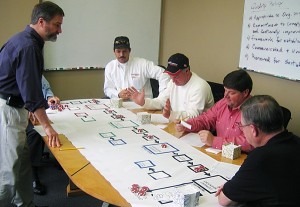














I really like what you guys are usually up too.
Such clever work and coverage! Keep up the awesome works guys I’ve included you guys
to my personal blogroll.